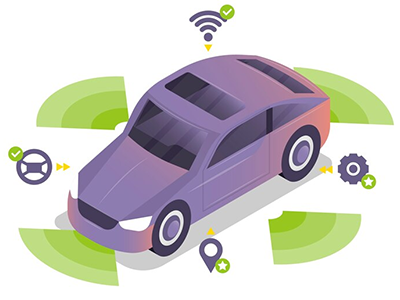Which PCBs will be used in the automotive autonomous driving system?
If we open up the dashboard of a car, we see complex electronics and wiring with sockets, relays, etc. various modules connected to each other. These electronic components are mounted on a rigid PCB, and a high-density interconnect (HDI) PCB can achieve a smaller and more precise layout;
The high-frequency board PCBhas a small dielectric constant, and its consumption is naturally smaller than other circuit boards. As a result, the efficiency of the high-frequency circuit board is very high. The frequency of the high frequency is above 1GHz, the speed is fast, and it is often used in automotive sensors, radar and other fields.
Thick copper pcbprovides the least resistance path for current flow to avoid PCB melting due to high temperature generated by high current.
The ceramic board pcbhas high insulation performance, can carry high power, high current, and can withstand harsh and harsh environments;
Aluminum-based metal core pcbis usually used in LED headlights of automobiles;
Rigid-flexible pcbis also used on the front dashboard of automotive electronics to connect the display screen to the processor board and connect various electronic modules through the flexible PCB.
Self-driving car PCB involves a lot of details. By getting your car autopilot system PCB manufacturer involved in your car automation project as early as possible, you can shorten your delivery time, more efficiently and quickly return on investment.

